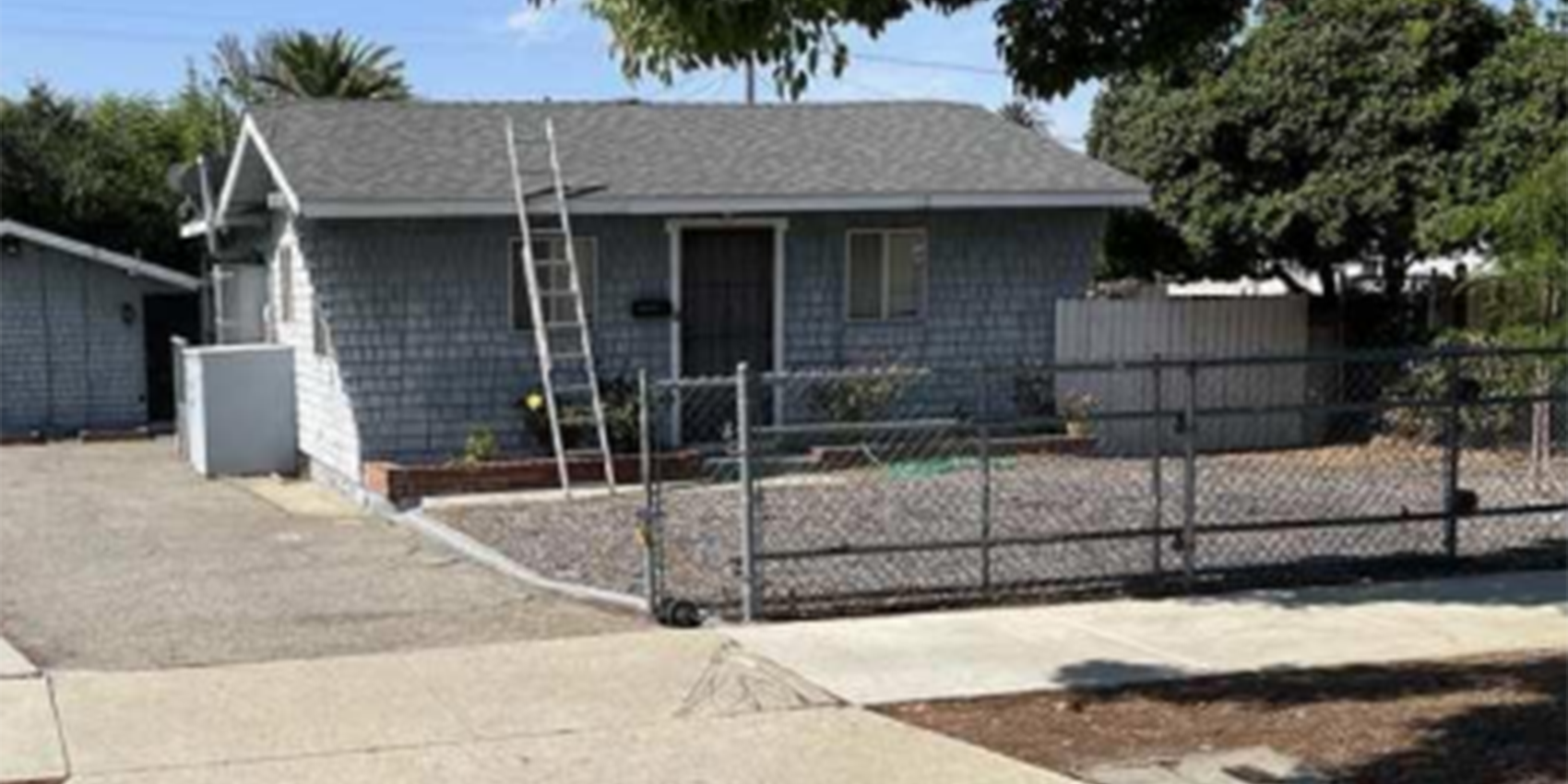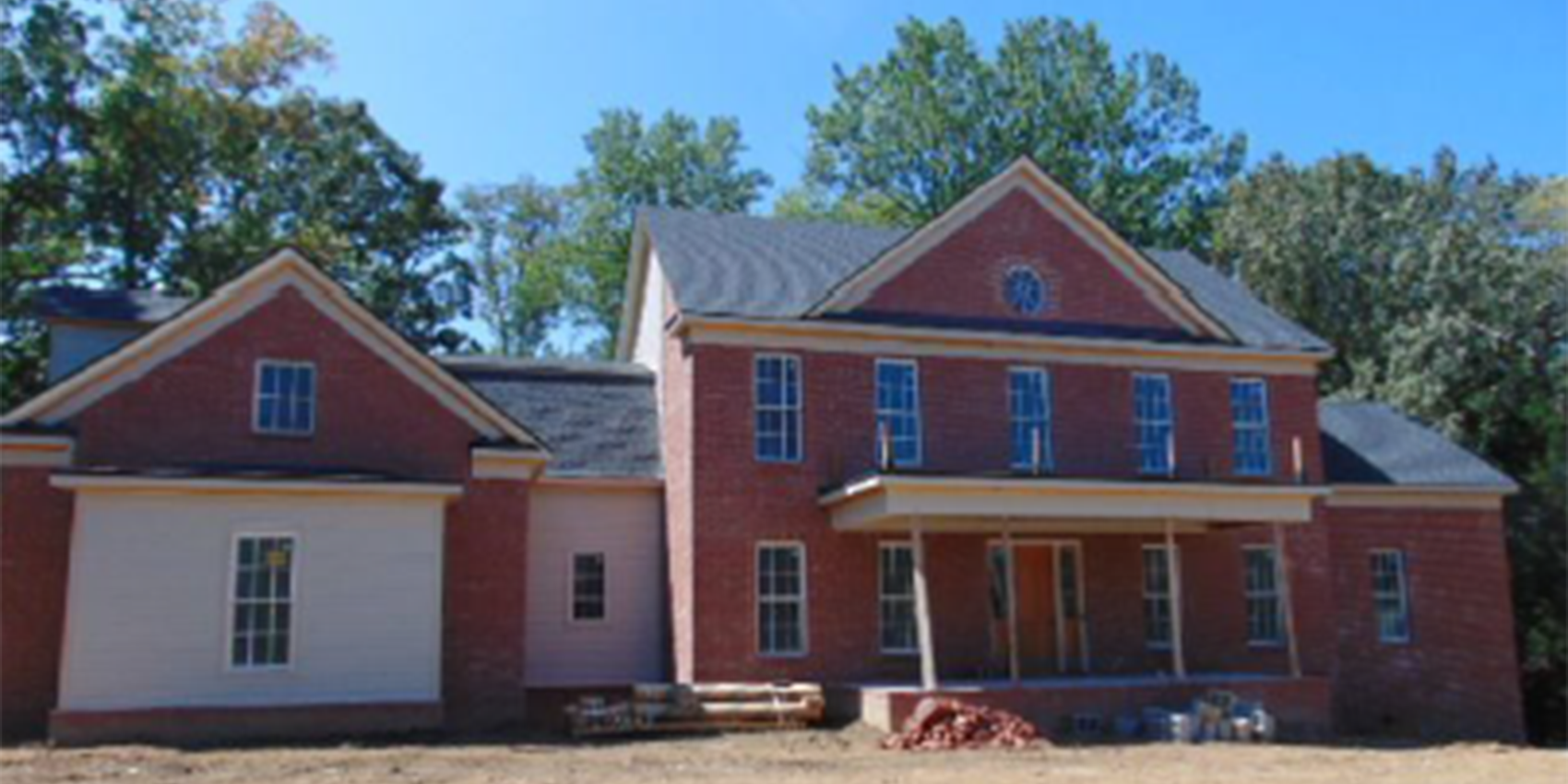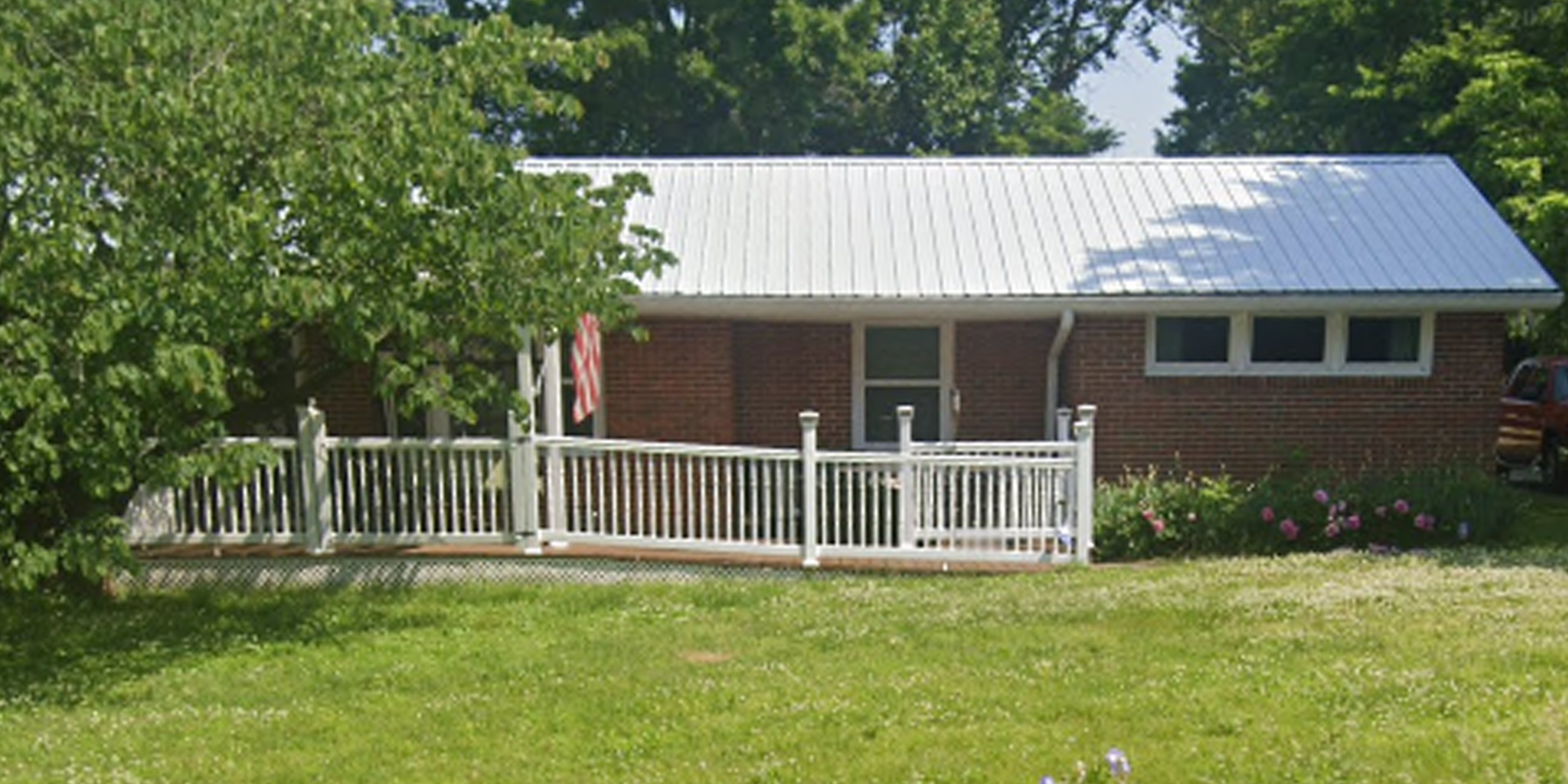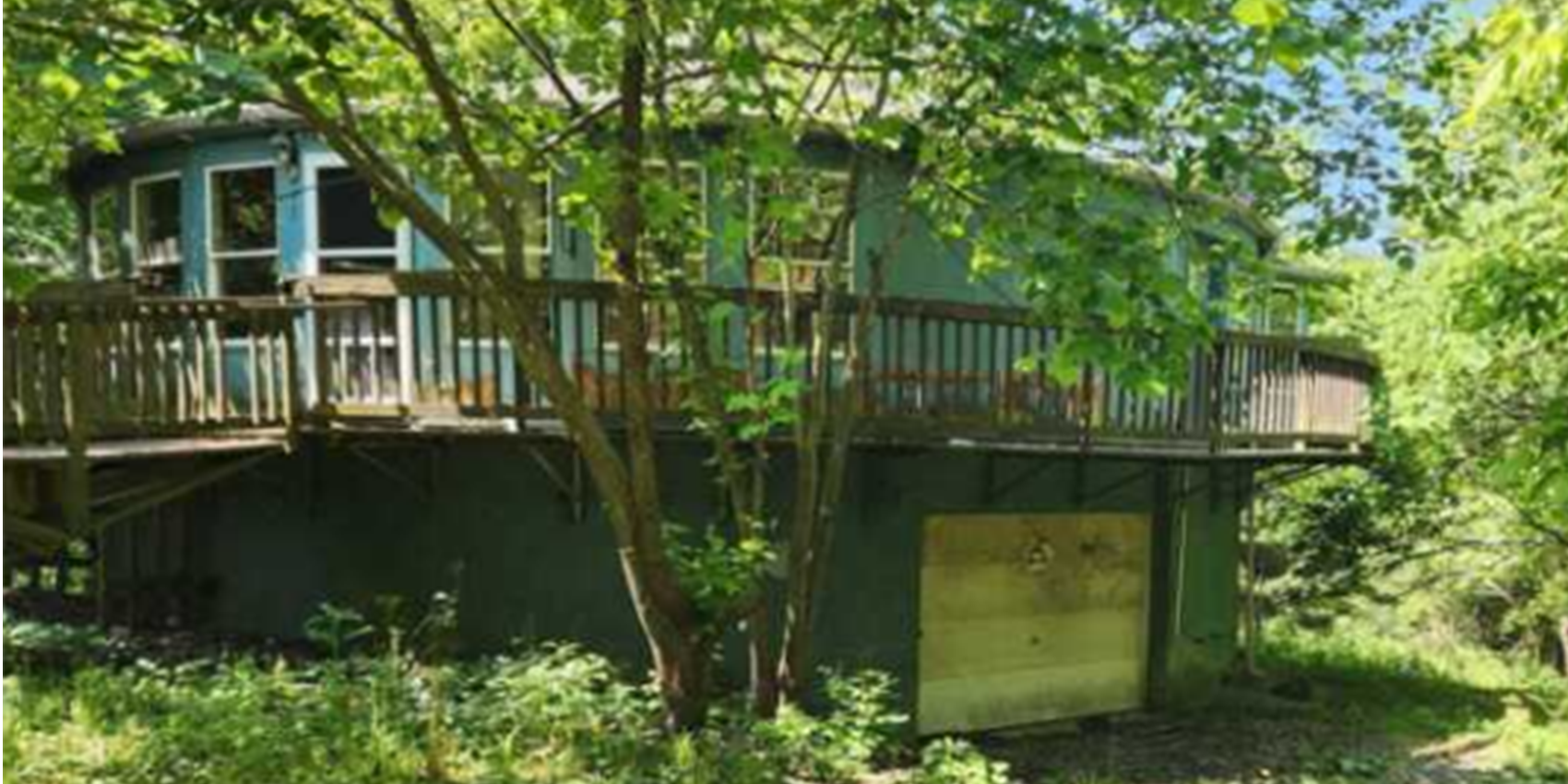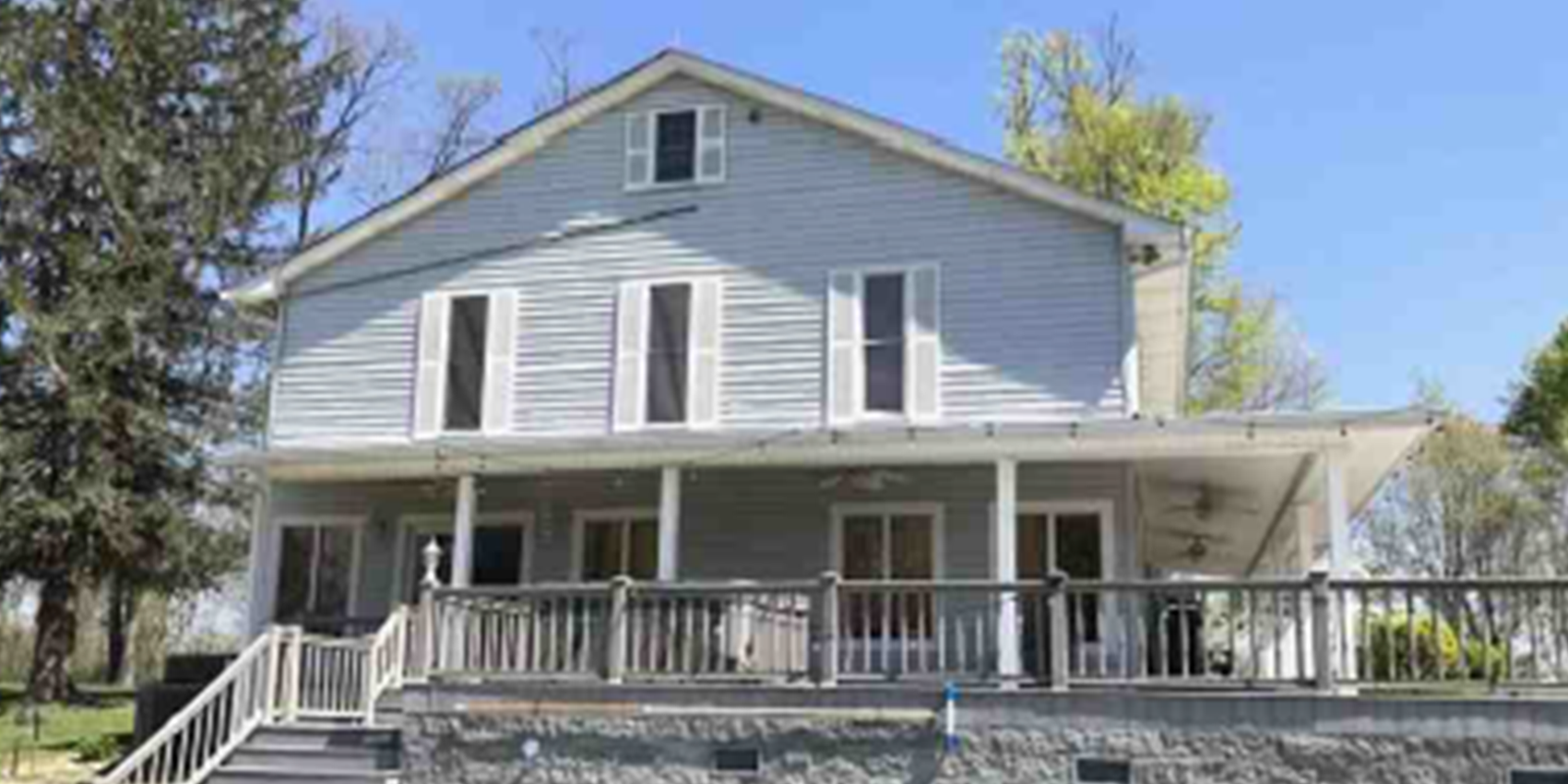Meet Delores and Joe. A dozen years ago they sold their house in rural Washington and bought an RV with the concept of traveling to their hearts’ desires. And they did—for a while. They would drive to a destination and park, stay a few weeks or a month, and then drive on. But the gas was expensive and they found themselves staying longer between trips and staying at the property of friends to save the camping fees.
One day, Delores’ daughter called and asked them to drive out to see her and her husband. They could park their RV on their property for as long as they wanted. So, they did.
Delores and Joe fell into a routine: every Wednesday she would bring over their laundry and sit with her daughter for the couple of hours it took to complete. Then, the daughter started helping bring the laundry over; then she started making lunch for them and helping with the shopping and driving.

Six years later, Delores and Joe are still there. She is now 86 and he is 83. The RV hasn’t moved in all that time. Delores is a retired schoolteacher; Joe worked hanging sheetrock all his career. They don’t have enough retirement income to go into a high-end retirement home, but they don’t qualify for Medicaid long-term care, either. So, they stay in their RV.
They are part of the 39 million people in the United States that are now aged 65 or older. The US population of people over the age of 75 is expected to increase by another five million in the next five years—a 22% increase (Marcus & Millichap). Where will they live?
From the last recession in 2007, up to 2014, absorption of nationwide senior housing occupancy peaked at 90.1 percent and supply began to ramp up. The increased building eased the occupancy somewhat and it seems to have stabilized at about 85%, but investors are still actively watching what is going on and many are enthusiastic about putting their money into this asset.
Studies show that the number of middle-income seniors aged 75 and over will nearly double from 7.9 million in 2014, to 14.4 million ten years from now. The age at which seniors typically need help with daily life or choose to enter a retirement facility is about 83. (the National Investment Center for Seniors Housing & Care)
And, by the time all Baby Boomers reach 85+ in the year 2030, there will be 72 million seniors, about 20% percent of the projected population. Housing demands will be huge. However, the greatest demand will be for more modest housing, maybe a smaller size with common shared areas.
The demand for this type of housing is pushing investors and developers to think again about building for seniors. US Census estimates show that there are already more than 8 million seniors over the age of 83; that number is expected to grow and grow quickly as each year progresses.
Right now, the inventory of senior housing is relatively old—58% of the stock is 17 years old and 32% is older than 25 years. In other words, about half of all inventory is already outdated as amenities improve, tastes change and new regulations are implemented. (the NIC)

Consider this: as this population segment grows and the supply of new construction hasn’t traditionally kept pace, there is a great opportunity for developers and sponsors to enter into this emerging trend, which is the top prospect for growth, according to the Emerging Trends Report. This recession-resilient investment could be the biggest thing yet for sponsors and investors. According to the National Council of Real Estate Investment Fiduciaries, the total return for senior housing real estate on a ten-year basis was 10.52%, when the overall property index is a mere 6% (Mashvisor).
What about Delores and Joe? They will likely live in their RV until one of them falls down the stairs, or they become too infirm to live alone. Hopefully, there will be a nice, affordable assisted living facility nearby into which they will move. Maybe even one that you helped to build.
Paradyme is looking for sponsors and developers who want to become a part of this top-trending asset and are looking for funding. We consider projects and joint ventures all over the US. Talk to us about how, together, we can bring livable, affordable senior housing to your city.




